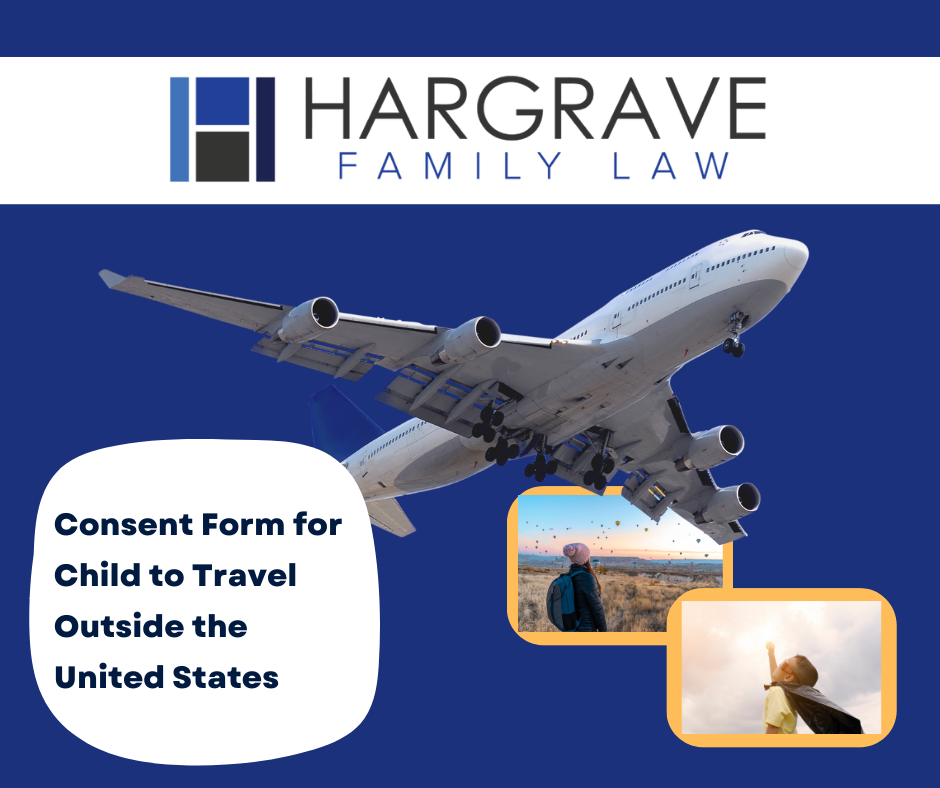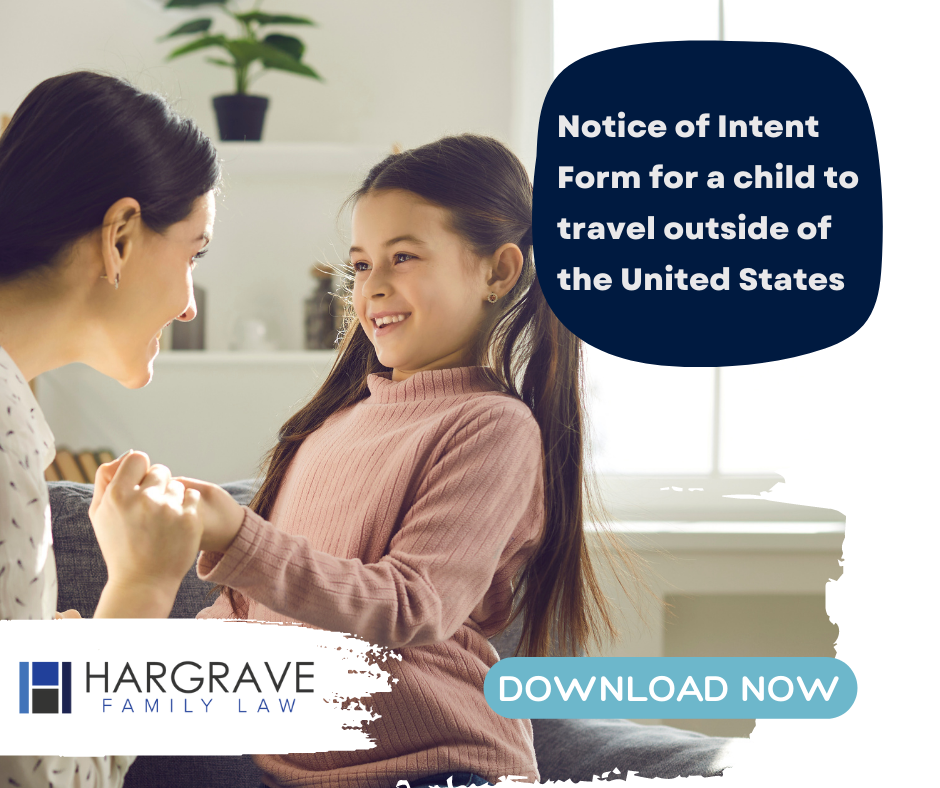
There’s a lot of uncertainty during the divorce process. For many parents, the most fearful part is the issue of child custody. If you and your ex-partner are unable to agree on child custody arrangements, the court will determine conservatorship and possession issues based on the best interests of the child. What constitutes the “best interest of the children”? There are many factors that the court may use in making its determination.
Child’s Emotional and Physical Needs
The court looks at the needs of the child, based on their age and development now and in the future. The court will consider each parent’s role in addressing the child’s emotional and physical needs, such as taking the child to a counselor, providing appropriate medical care for the child, and meeting with school officials to address any special needs the child may have. Has each parent demonstrated that they have been able to put the needs of the child ahead of his or her own needs? Has each parent demonstrated the ability to recognize and address the changing needs of the children as they grow? Has each parent actively participated in promoting opportunities for the child’s intellectual and social development? These are some of the questions the court will be considering when trying to assess each parent’s role in the providing for the child’s needs.
Each Parent’s Stability
Stability is crucial for a child’s growth and overall well-being, so the judge will consider factors such as each parent’s ability to maintain a stable home, reliable job, and dependable child care. A history of frequent moves, long periods of unemployment, revolving doors of intimate partners, or changing schools and child care providers, may reflect negatively on a parent’s ability to provide a stable home environment.
Ability to Maintain a Relationship with Both Parents
Research indicates that a child thrives best when they can have a meaningful relationship with both parents, so a judge will consider whether or not each parent can support the child’s relationship with the other caregiver. Courts will be especially concerned when a parent discourages the child to have a relationship with the other parent, often called “alienation”, which can be indicated by interfering with the other parent’s time with the children, speaking negatively about the other parent in the presence of the child, or rewarding the child for rejecting the other parent. Any history of alienation or periods of no contact with the other parent could put the child’s relationship with one parent at risk. The court will evaluate how each parent has encouraged a continued connection with the other parent.
Danger to the Child
There are times when a child’s relationship with a parent is limited due to a parent’s history of substance abuse, or of physical or emotional abuse. In those instances, a parent will need to work closely with their lawyer to assure that these factors are made known to the court, so the court can address the safety of the child when having access with the other parent. Documentation, such as emails, texts, journals, police reports, and information from witnesses to the abusive behavior, may be beneficial information to supply the court.
Each Parent’s Involvement with the Child
The court will consider how much each parent has been involved in the child’s life. In families where there has been the “primary care” parent, who stayed home from work when the child was sick, attended the doctors appointments and parent-teacher meetings, and enrolled the child in extra-curricular activities, then that parent may have an advantage when it comes to being awarded certain rights and responsibilities regarding the child. If both parents have equally shared in those responsibilities, then it is likely that the parents will be encouraged to continue to do so with joint decision making responsibilities. However, allegations of child abandonment are also considered. The court tries to maintain what the child considers normal whenever possible.
Community and Family Support
There is a strong preference to keep the child in close proximity to both parents, especially when there is a strong support system such as extended family. However, there are times when one parent may need to relocate outside of the geographic proximity of the primary residence of the child. These cases present some of the most difficult issues for the court to decide, as the court weighs the benefits for the child in staying in the same community versus moving away and resettling in a new location. In these cases, the courts will carefully consider the benefits the moving parent is able to provide to the child in the new location (better job, better schools, more family or community support), versus keeping the child with the other parent in the familiar location. Courts do recognize that sometimes moves are unavoidable, and ultimately can be beneficial for the children.
Child’s Preferences
A child’s preference is only taken into account in some cases. Beginning at approximately age 12, the court may consider the child’s preferences when determining where they live or how much time they spend with each parent. The court is not bound by the preferences of the child. Some parents mistakenly believe that the child can make their own decisions when they reach the age of 12 – this is simply not the case. The preference of a child is one factor, among many, for the court to use in reaching its decision. Before you speak to your child about his or her “preference,” make sure you talk with your lawyer and/or your child’s counselor to prevent placing undue stress on the child or putting yourself in a position of being accused of trying to prejudice the child.
If you’re worried about losing parenting time due to divorce, it’s important to work with a family law attorney who’s dedicated to protecting your rights. Reach out to us at Hargrave Family Law now to schedule find out how we can help.





























